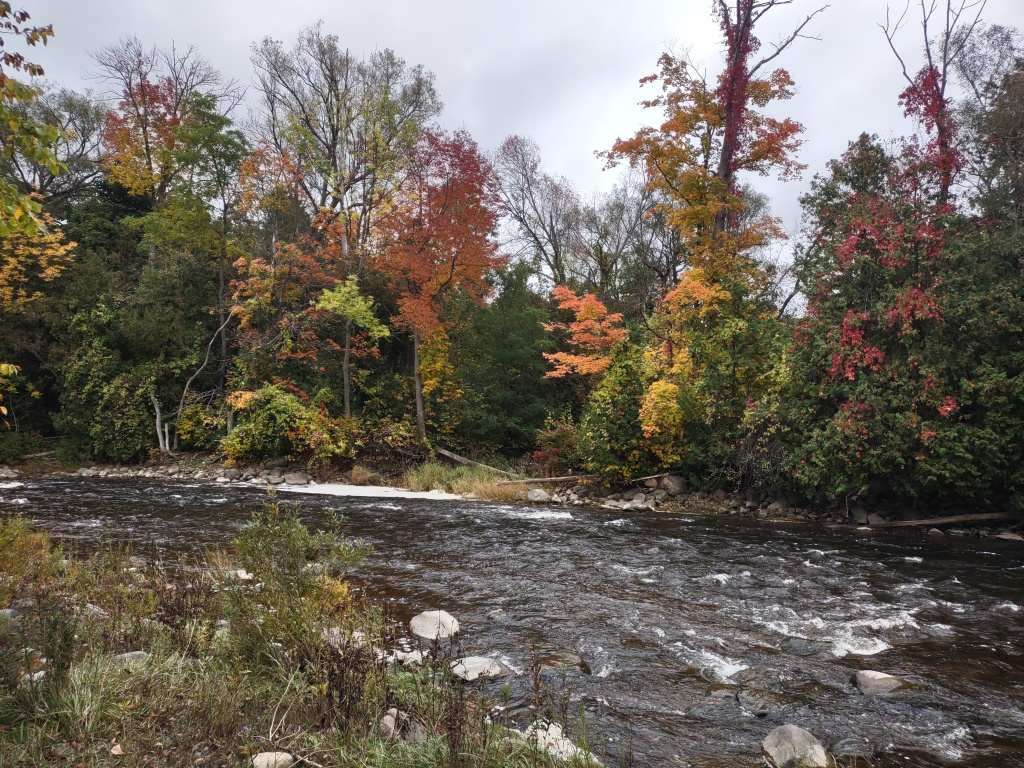
Do you love the sound of a rippling river or stream? I live in an area that is blessed by many rivers that wind their way towards Georgian Bay. My husband and I love to spend our mornings sitting on the banks of these rivers sipping a coffee or tea. The riverside is a wonderful place to enjoy rippling waters and changing seasons. We take time to meditate, each in our own sacred space and listen…
A few years ago, I came upon the Japanese style of poetry called Haiku, A Haiku is a short, unrhymed poem that adheres to a specific three-line, seventeen-syllable format. But as I explored Haiku I realized that this was an intriguing form of poetry where there is much to learn about its form and meaning. You can find out lots about Haiku from poet Neena Singh ~ https://thehaikufoundation.org/new-to-haiku-advice-for-beginners-neena-singh/ New to Haiku: Advice for Beginners – Neena Singh
I thought Haiku is about connecting with nature and feelings that arise. But Neena explains in her article..
“.I have learned much from attending Michael Dylan Welch‘s presentation at the Japan Fair. He says that instead of writing about our reactions to stimuli, in a good haiku we should write about those things that cause our reactions. If our haiku take advantage of this technique, our readers can experience the same feelings we felt, without our having to explain them. I find this advice valuable.”
Thank you Neena!
I call these poems my Riverside Haiku....regardless if they are true Haiku or not, writing these small three lined poems expanded my experience by the river…
riverside
morning rhythm ripples
heron in silence
~
stream rushes
sparkles on the water
a way home
~
river bends
homeward bound
front door opens
~
meditation
matters for eternity
unsolved puzzle
~
spirit
ever renewal
river flows
~
By Jane Rosalea Brown, May, 2023
If you like to write poetry, explore Haiku….it is fascinating! My deepest gratitude to Neena Singh for inspiring me to share my poems and for your generous sharing of your knowledge of Haiku. I love your beautiful Haiku poetry.
Have fun with your Haiku!
Peacefully, Jane
Jane Rosalea Brown, BA, CSW
Peaceful Way Meditation Blog
Author, In Silence, Discovering Self through Meditation
Author Name: Jane Rosalea Booth

Neena can be contacted via:
Twitter – @NeenaSingh7
Facebook – https://www.facebook.com/neenas
Instagram – @neenapp











 A statute of Basho
A statute of Basho Jane Rosalea Brown, BA, CSW
Jane Rosalea Brown, BA, CSW
